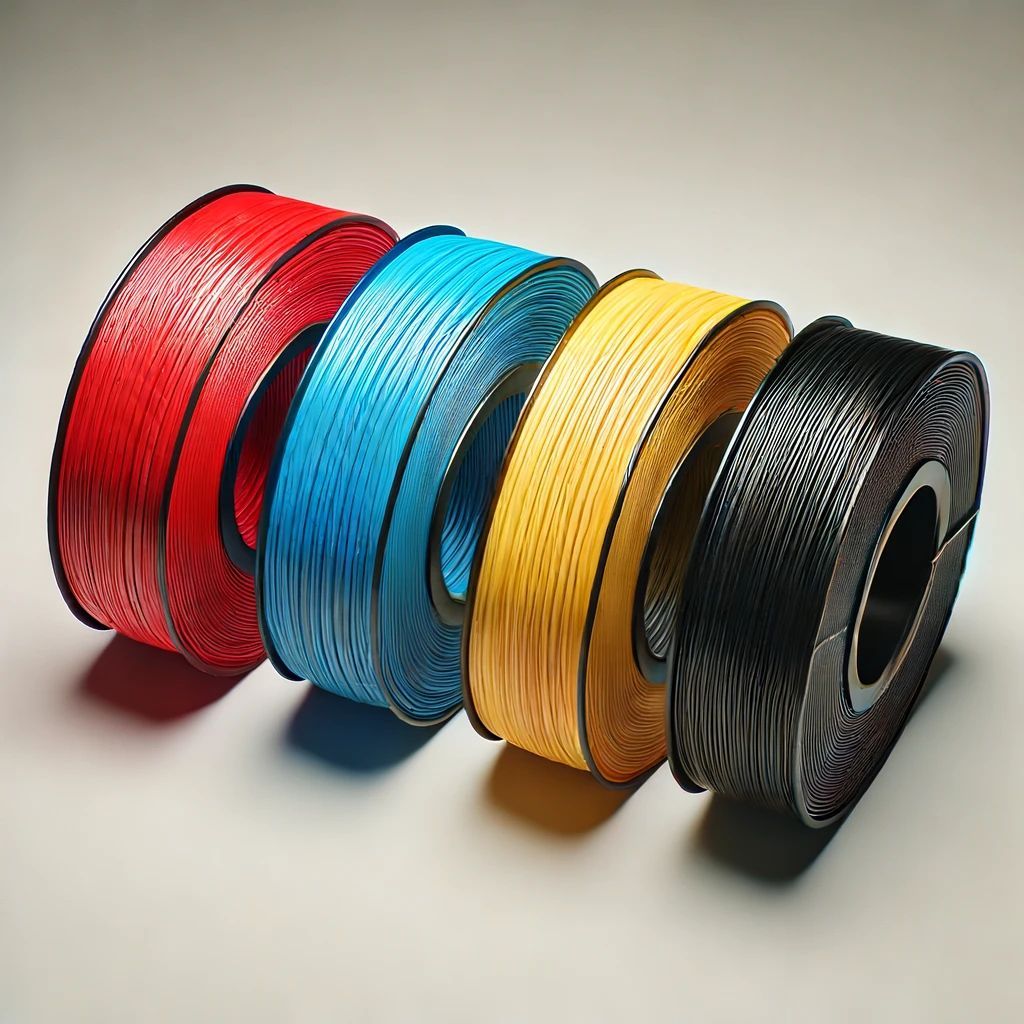What are the environmental implications of 3D printing?
The Environmental Implications of Widespread Adoption of 3D Printing

As technology advances, 3D printing has emerged as a groundbreaking innovation that has the potential to revolutionize various industries.
This additive manufacturing technique allows the creation of three-dimensional objects by layering materials, offering tremendous benefits in terms of customization, efficiency, and cost-effectiveness.
However, it is crucial to assess the environmental implications of widespread adoption of 3D printing.
In this blog post, we will explore the environmental impact of 3D printing, including both positive and negative aspects, and discuss the necessary steps to mitigate its potential drawbacks.
I. Reduced Waste Generation:
One of the notable environmental benefits of 3D printing is the potential to minimize waste generation.
Traditional manufacturing processes often produce significant amounts of waste due to subtractive methods, where excess materials are discarded. In contrast, 3D printing utilizes only the exact amount of material required to build an object, significantly reducing waste.
This efficiency helps conserve natural resources and diminishes the need for raw material extraction.
II. Energy Consumption:
While 3D printing reduces waste, it does require energy for operation. The energy consumption of 3D printers varies depending on factors such as the type of printer, materials used, and the complexity of the object being printed.
Some 3D printing technologies, such as selective laser sintering (SLS), can consume more energy than others.
However, advancements in printer efficiency and the increasing use of renewable energy sources can help mitigate the energy consumption associated with 3D printing.
III. Emissions and Air Quality:
3D printing processes can emit volatile organic compounds (VOCs) and ultrafine particles, which may have implications for air quality. The emissions primarily originate from the heating and melting of materials during the printing process.
However, compared to traditional manufacturing methods, 3D printing generally produces fewer emissions since it avoids the use of large-scale industrial machinery.
Additionally, adopting cleaner printing technologies and ensuring proper ventilation can minimize emissions and improve air quality in the printing environment.
IV. Material Selection and Recycling:
The choice of materials for 3D printing can significantly impact its environmental footprint. Certain materials commonly used in 3D printing, such as acrylonitrile butadiene styrene (ABS) and polylactic acid (PLA), can be derived from non-renewable sources and may contribute to environmental degradation.
However, the development of biodegradable and sustainable materials, such as plant-based polymers, recycled plastics, and even biocompatible materials, can help mitigate these concerns.
Moreover, efforts are underway to improve recycling and develop closed-loop systems that allow for the reuse of 3D-printed objects and materials, further reducing waste and minimizing the need for raw material extraction.
V. Supply Chain Optimization:
The widespread adoption of 3D printing can revolutionize supply chains and logistics, potentially leading to reduced transportation emissions and resource consumption.
With 3D printing, objects can be produced on-site or near the point of use, eliminating the need for long-distance transportation and reducing associated carbon emissions.
Additionally, the ability to print spare parts on-demand can extend the lifespan of products, reducing the frequency of replacements and minimizing waste.
Conclusion:
The widespread adoption of 3D printing offers significant potential for reducing waste generation, improving resource efficiency, and optimizing supply chains.
While there are certain environmental concerns associated with 3D printing, such as energy consumption and emissions, the overall impact is generally less compared to traditional manufacturing methods.
To ensure a sustainable future for 3D printing, it is crucial to continue investing in research and development to improve printer efficiency, expand the use of sustainable materials, and implement proper waste management and recycling practices.
- Promote Research and Development: Support and invest in research and development efforts aimed at enhancing the environmental sustainability of 3D printing, such as developing cleaner printing technologies, eco-friendly materials, and efficient recycling systems.
- Encourage Regulations and Standards: Advocate for the establishment of regulations and standards that promote responsible 3D printing practices, including energy efficiency requirements, emissions control, and sustainable material sourcing.
- Foster Collaboration: Encourage collaboration between industries, academic institutions, and government agencies to exchange knowledge, share best practices, and develop innovative solutions to address the environmental challenges associated with 3D printing.
- Educate and Raise Awareness: Educate individuals and organizations about the environmental implications of 3D printing and its potential benefits. Encourage responsible consumption, including considering 3D printing as an eco-friendly alternative when appropriate.
By taking proactive measures and working collectively, we can ensure that the widespread adoption of 3D printing contributes positively to the environment, enabling a sustainable future for manufacturing and innovation.












